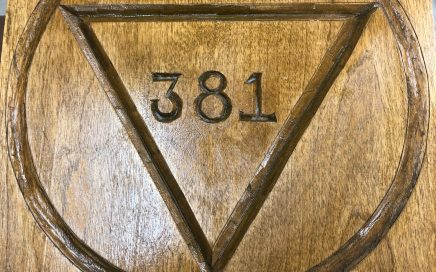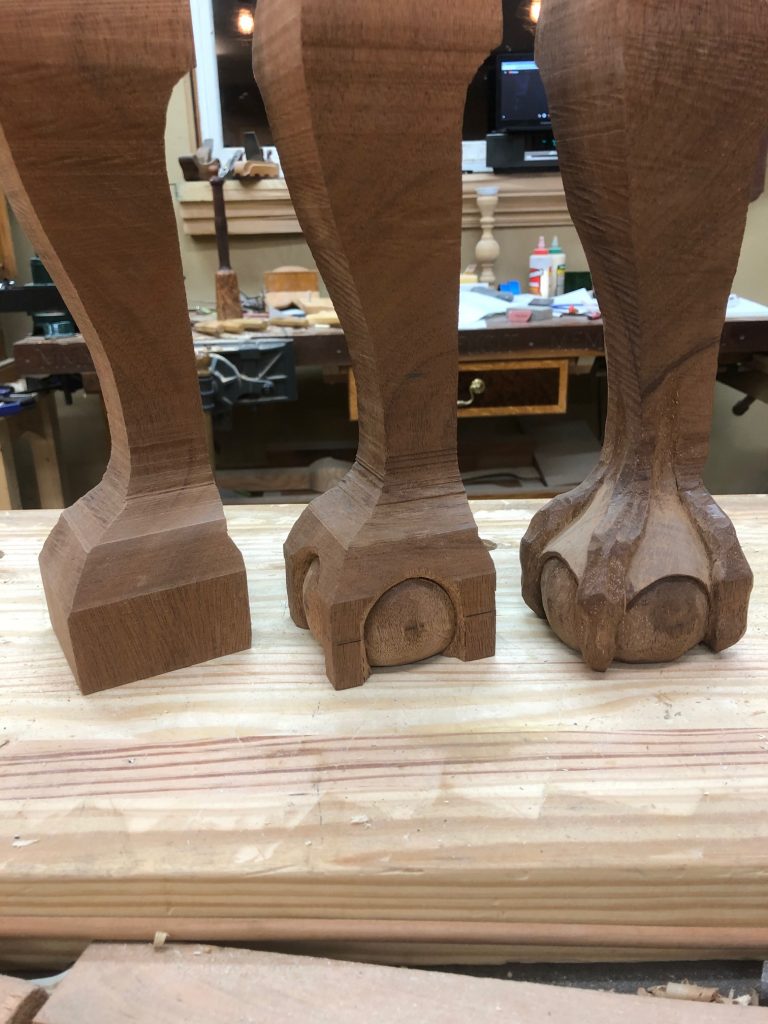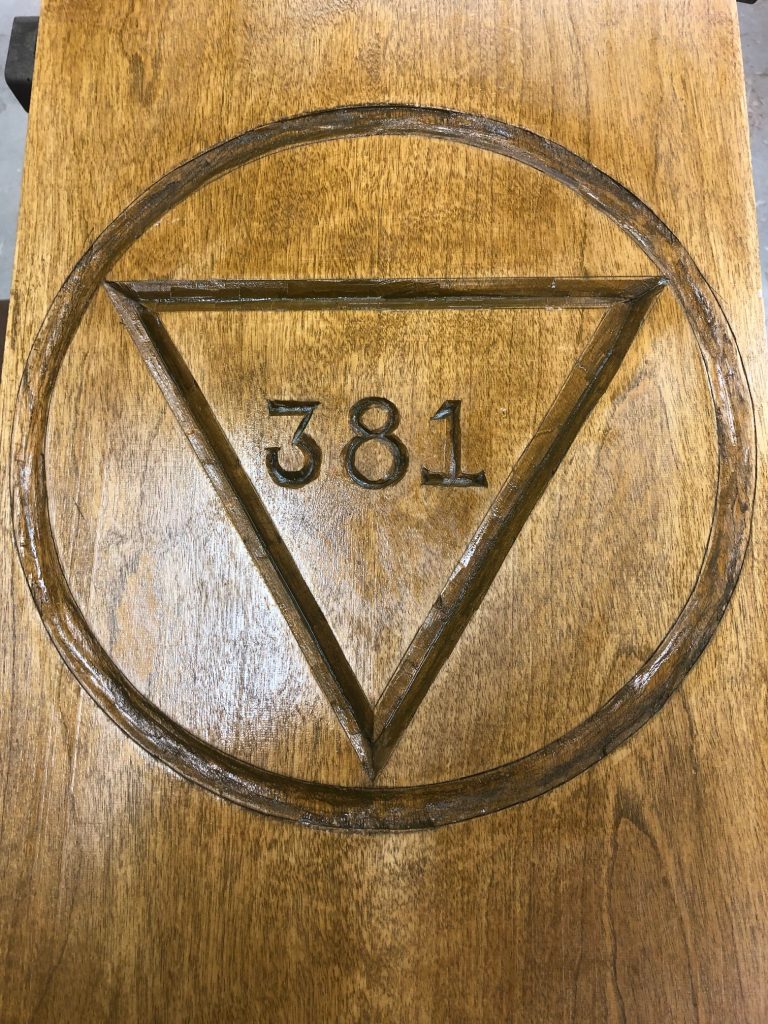Walk into any antique store and the caretaker will have a story behind each item in there. Some of the stories might be real, while others might be a mix of legends or folklore tales. The caretaker is not intentionally lying, but it is a useful sales tactic. The reason is, the stories behind each item are meant to conjure up a connection to the potential buyer. The story becomes the “reason” to buy it and to take it home. The otherwise meaningless object now has a relevant reason for us to purchase it. The story, or the meaning, makes a connection to our heart and tries to touch our soul. And while some of these stories are mostly used to sell antiques, the value behind having these stories can truly be meaningful.
Sometimes the true meaning of these stories can get lost over time. In some instances, some furniture can become so popular and trendy that the meaning is forgotten. For example, on Chippendale furniture, you can find the classic ball and claw legs. Back in 1755-1790, this was all the rage in furniture fashion. Chairs, tables, and other furniture pieces all had this look on the furniture. But what did the ball and claw mean?
Many people today assume that the claw is an American bald eagle with his talons around a ball. But is that the true meaning? And if so, what does that mean? Well, it means nothing, because it’s not an eagle claw. It’s not even a ball. Its origin is from China. The ball is actually a pearl. The pearl represents truth, wisdom, and purity. The claw is not of an eagle but of a dragon. The dragon is one of the 12 signs of the Chinese zodiac and is a symbol of magical power and strength. The purpose of the dragon is to protect the pearl from evil spirits.
So why would an ancient Chinese symbol be popular in America in the 1700s? I can’t say for certain, but I have a theory. During this time in America, a lot of changes were happening. America wanted independence from England. Perhaps to them, the pearl of truth meant their values were different and separate from England. The dragon claw could have represented the colonies that were willing to fight and defend their values. During that time, speaking out against England might have been dangerous. So perhaps the furniture makers found a way to express themselves in their work. This in turn would be a great story for the store owner to share with the potential buyer. Provided the buyer wasn’t in the British Army.
So how can this be applied to the furniture we make today? Well for me, when I meet with a new client, I try to learn a little bit about them. In the case of the Mid-Century Dining room table piece, I learned a few things about the homeowners.
They were a young couple that was religious and adopted a little boy. To them, the family was important and they valued family dinners. They pictured themselves sitting around that table for many years to come.
With this information, I decided to make a unique symbol just for them. The first symbol is a circle. The circle can represent unity, wholeness, and endless love.
Inside the circle is a triangle. The triangle can represent several things. It can mean, man, woman, and child. It can mean, husband, wife, and son. It can also represent God, the Son, and the Holy Spirit.
Inside the very center of the triangle are three numbers. 381. This is the true core of any meaningful family. The numbers represent, “I love you.”
3= The number of words in the sentence.
8= Are the number of actual letters used in the sentence.
1= The sentence only has one meaning.
My hope is this dining room table will get passed down from generation to generation in that family. And as the table goes through the years, the story of the three original owners will be told again and again with each new family member. For me, I’m not just building a piece of furniture for a paycheck. It goes much deeper than that. I have a small part in making a family heirloom and traditional family folklore.
Chad Stanton- Owner Stanton Fine Furniture 8-29-21




